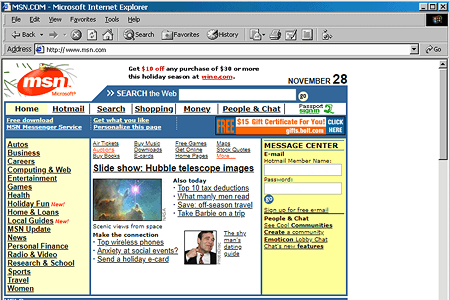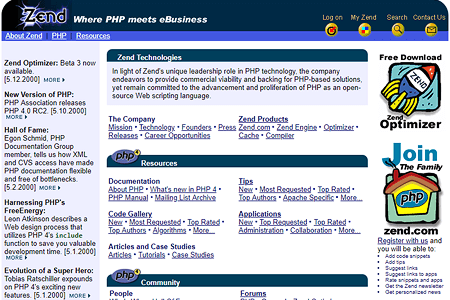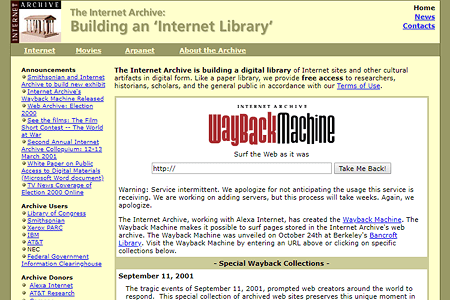1998 January 22nd
A List Apart
Jeffrey Zeldman and Brian Platz began publishing the mailing list called A List Apart, which provided readers with regular news from the world of web design, web standards, and web development. The project gained popularity among its readers, and within a few months, A List Apart acquired more than 16,000 subscribers. In January 1999, Jeffrey Zeldman started publishing A List Apart as a webzine.


































